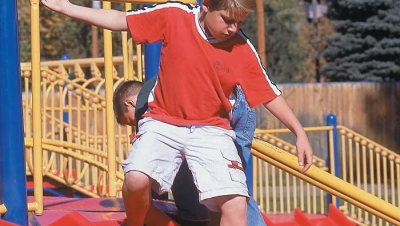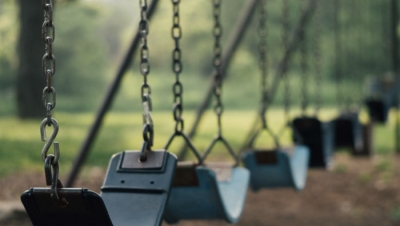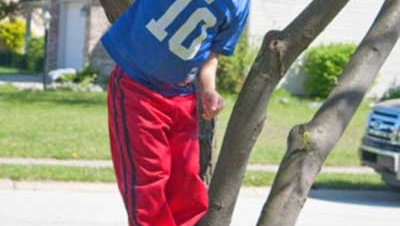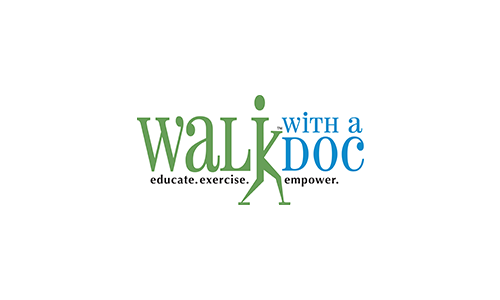Can You Use CBD With Children?
CBD seems to be on everyone’s minds lately, from teachers to gurus to athletes and busy professionals, but there’s another population that can potentially benefit from this natural compound: children.
Children are prone to all manner of conditions, just like adults, and some are more impactful the younger a patient is. Seizures, for example, can be incredibly debilitating in children, cause permanent nerve damage, and can be terrifying to witness if they’re severe enough.
Although the research is scarce, there are studies that suggest CBD is not only safe for use in children but also quite effective. Let’s take a closer look at these studies for more information on CBD oil and other products in kids.
CBD Is Naturally-Occurring
Just because something is “naturally-occurring” doesn’t mean it’s automatically safe to use or consume. There are mushrooms that are naturally-occurring that can kill a full-grown adult in hours.
The point is that one should always use common sense anytime something carries this label, and perform further research into the product or substance.
Luckily, we’ve already done the research, and here’s the scoop:
CBD is a naturally-occurring compound called a Cannabinoid. There are 113 such Cannabinoids in the Cannabis Sativa plant, from which hemp is derived. CBD isolate is extracted from industrial hemp and processed into CBD oils, topicals, edibles, and more. CBD is not the same as its cousin Cannabinoid, THC, which produces psychoactive effects, or a “high”. CBD produces no high but does offer many benefits to regular users.
In conclusion, CBD is natural, it’s not the same as THC, and it doesn’t get you high. It’s also quite safe, showing few to no side-effects in adults and children, and what few side-effects have been identified are considerably minor. Things like dry mouth, fatigue, and appetite changes are among the most common.
Safety Concerns
Parents have cited safety concerns about using CBD in children since it’s closely associated with THC and marijuana. To be clear, hemp and marijuana are two different strains of Cannabis, and the federal government requires that “hemp” contain no more than 0.3% THC.
The persistent opinion that hemp and marijuana are the same things is false and needs to be recognized as a falsehood so as to properly label CBD and hemp as their own entities.
CBD has been found to be safe for human use. No major side-effects, deaths, or injuries/illnesses have as yet been reported by anyone using CBD regularly.
What Can I Use It For With My Child?
CBD offers a variety of benefits, including pain relief, anti-inflammatory properties, anxiety and stress relief, seizure management and reduction, and more. A drug called Epidiolex was recently approved by the FDA for use in children suffering from rare and debilitating epileptic conditions like Dravet Syndrome. The drug is CBD-based and has been found to be incredibly effective!
Some parents have also turned to CBD to help manage their child’s ADHD/ADD. These attention-deficit disorders cause children to become easily distracted and lose focus, causing problems at school and at home.
Traditional ADHD medications often carry with them many side-effects, some of which are impactful to the daily lives of the children who use them. These can include lethargy, loss of appetite, headache and mood changes, and even insomnia. CBD, however, seems to aid in managing ADHD symptoms without these harmful side-effects.
You can also use CBD to manage chronic pain in children or relieve localized pain with topicals and lotions. CBD helps reduce inflammation, which is usually the cause of chronic pain in both children and adults. Specific medical conditions can make inflammation inevitable, but CBD makes it more tolerable.
More Research Is Needed
Unfortunately, there isn’t a large body of evidence available to support CBD’s use in children. While the compound is considered safe for humans, children and adults have very different reactions to specific substances. The small amount of research that has been done on the subject shows promise, however.
CBD has often been stigmatized for its relationship to Cannabis, but as our understanding of Cannabis and CBD grows, the stigma shrinks. Now that hemp and CBD are legal at the federal level, more and more money is being funneled into research on CBD, and it’s only a matter of time before widespread studies are conducted on the effects of CBD in children.
As with any new substance, you should always consult your child’s physician before making major changes to their health regimen. Your doctor can help you with dosing and monitor how the CBD is affecting your child.
Quality Matters
When you’re in the market for CBD products, it can be all too easy to let your wallet dictate which brands you choose. The grocery store probably has half-a-dozen CBD products for sale, but the fact is, the highest-quality CBD products from top providers are only available online.
Ensuring you’re getting the highest quality CBD products is of paramount importance, so you’re not giving sub-par oils or gummies to your child. First and foremost, they won’t be nearly as effective as the higher-quality products, and you’ve just spent your hard-earned money on something that doesn’t even work!
CBD’s Future
CBD has experienced a boom in sales, research, and profits in the last few years and the future looks just as bright for this versatile compound. As we learn more about CBD’s uses, new products are developed to meet specific needs and appeal to new customers.
Not to mention, the CBD industry has helped create jobs and add to the economy as a whole, with over one billion dollars in sales last year alone. While future projections vary, we can expect the CBD market to be worth billions in the coming years if demand continues to grow as it is.
Conclusion
Overall, CBD is safe, effective, and reliable, but its use in children hasn’t been widely studied yet. So far, the research that has been done, as well as anecdotal evidence from doctors and parents, shows great promise.






